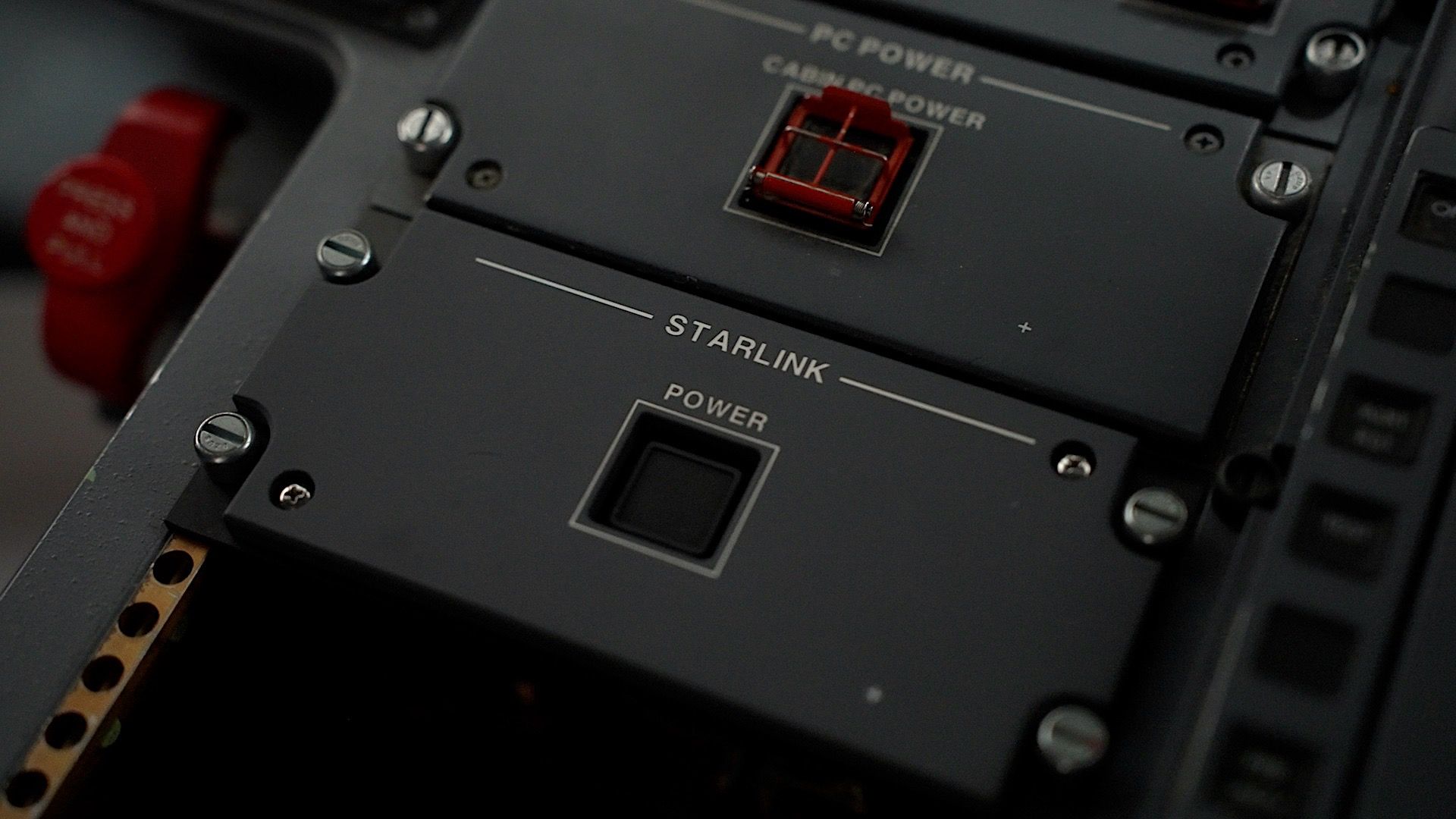Most of the stuff SpaceX does is not relevant to most people, but Starlink is. It provides high-speed satellite internet worldwide, so you can stay connected even when you’re otherwise off the grid. Amazon, however, is ready to give it some competition.
Following successful preliminary tests, Amazon has confirmed that its first operational launch for Project Kuiper, the company’s initiative to build out high-speed satellite internet, is taking place soon. The launch is scheduled for April 9th, conditions permitting, from Cape Canaveral Space Force Station in Florida. This mission, designated KA-01 (Kuiper Atlas 1), marks the beginning of Amazon’s large-scale deployment to build a low Earth orbit (LEO) constellation aimed at providing global broadband internet access. The initial launch will use a United Launch Alliance (ULA) Atlas V rocket, carrying 27 Kuiper satellites into orbit.

Related
Amazon’s Satellite Internet Service Enters Its “Protoflight” Stage
A pair of prototype satellites will provide the first real-world testing for Project Kuiper.
This upcoming launch follows the deployment of two prototype satellites, KuiperSat-1 and KuiperSat-2, in October 2023. This deployment represents the first wave of what Amazon plans to build out as a 3,200-satellite constellation, at least at first, to put some heat on SpaceX’s Starlink service. To achieve this extensive network, Amazon has secured launch agreements not only with ULA but also with Arianespace, Jeff Bezos’s own Blue Origin, and even its primary competitor, SpaceX. (Yes, SpaceX is technically helping build out a competitor.)
Once fully operational, the Kuiper network intends to offer worldwide internet coverage. Amazon has outlined plans for user terminals, or dishes, starting with a compact seven-inch model capable of delivering speeds up to 100 megabits per second. Larger terminals are expected to provide significantly higher speeds, reaching up to 1 gigabit per second. The company has stated a target price point of under $400 for the customer terminals, so they would be pretty competitive compared to options like Starlink’s terminals.
Despite the preparations and successful prototype tests, Amazon does know that rolling all of this out will turn out to be a challenging feat. “We’ve done extensive testing on the ground… but there are some things you can only learn in flight,” stated Rajeev Badyal, Project Kuiper’s Vice President of Technology. He added that this mission marks the first flight of the final satellite design and the first time deploying numerous satellites simultaneously. The company does expect to start offering service to customers later this year, though. We’re not sure how many satellites will actually be in the sky when Amazon starts shipping out terminals, but we doubt it’s the full 3,200-satellite figure if we’re just seeing the first big 27-satellite deployment this month.

Related
Starlink Comes to United Airlines for Better In-Flight Wi-Fi
Speeds are potentially 50x faster than traditional flight Wi-Fi.
On its own, the Amazon-only rollout, even the final one, isn’t that impressive. 3,200 satellites is good, but it pales in comparison to Starlink’s current 7,000-satellite fleet. It’s not clear yet if Amazon plans to build much more after that 3,200 goal is reached, but Starlink does have a 7,000 satellite advantage anyway, so it will be hard to keep up as SpaceX keeps building up its own fleet even further. We are, however, excited to see someone put heat on Starlink, which has been basically competing alone in its field for a long while now.
Source: Engadget




